Uses for Bandaids: Beyond Covering Cuts and Scrapes
Bandaids are one of many staples in every household’s first aid kit, but their uses go far beyond just covering cuts and scrapes. These versatile adhesive strips can be used in a variety of unexpected ways, from solving everyday problems to providing first-aid solutions for more serious injuries. I want to explore some of the most creative and practical uses for bandaids that you may not have considered before.
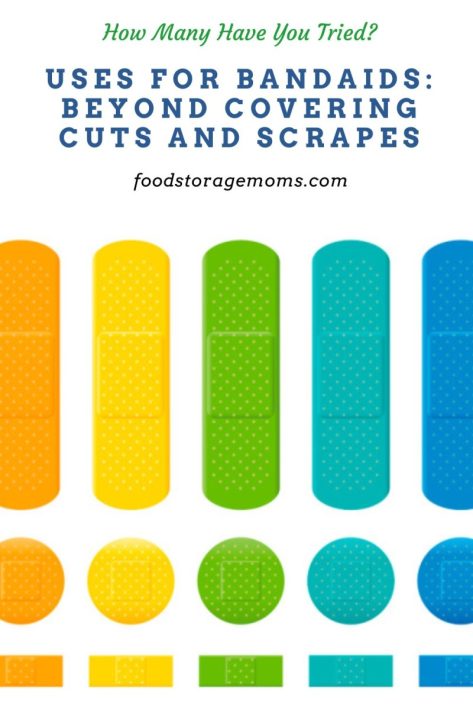
What are bandaids used for?
- Small cuts
- Minor scrapes
- Minor injuries
- Minor burns
- Puncture wounds
- Open wound
- Large cut
- Minor wound
- Serious wounds
- Insect bites
- Pet scratches
- Any injured part of the body
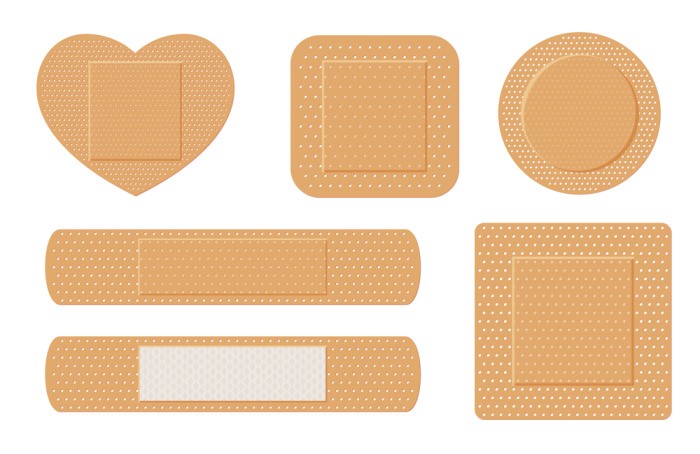
Prevent Blisters on Your Feet
Nothing ruins a day out like painful blisters on your feet. To prevent blisters from forming, simply apply a bandaid to the area where your shoes are rubbing against your skin. The bandaid will act as a barrier between your skin and the shoe, reducing friction and helping to prevent blisters from forming.
Secure Loose Buttons
If you’re out and about and notice that a button on your clothing is starting to come loose, a bandaid can save the day. Simply remove the button, place the sticky part of the bandaid over the buttonhole, and reattach the button by pushing it through the bandage. The bandaid will hold the button in place until you’re able to sew it back on securely. Basic Sewing Machine Supplies for Beginners
Protect Your Fingers While Cooking
When chopping vegetables or using sharp kitchen tools, it’s easy to accidentally nick your fingers. To protect your fingers from cuts, wrap a bandaid around the tip of your finger before you start cooking. This will provide an extra layer of protection and make it less likely that you’ll accidentally cut yourself. The bandaid can also help protect fingers from burns when cooking.
Create a Makeshift Splint
In the event of a minor sprain or broken finger, a bandaid can be used as a makeshift splint until you’re able to seek medical attention. Simply wrap the bandaid around the injured finger and an adjacent, uninjured finger to immobilize the injured digit.
Cover and Protect Wounds from Infection
One of the most common uses for bandaids is to cover and protect wounds from infection. When you get a cut or scrape, it’s important to clean the wound with soap and water, apply hydrogen peroxide, antibiotic ointment, or antibiotic cream to kill germs, and then apply a bandaid to keep dirt and bacteria out. This will help to prevent infection and promote faster healing.
Whether large or small wounds, holding the skin together with a band-aid can also help with wound care. This is done by stopping bleeding, promoting wound healing by providing a moist environment yet keeping other moisture out, and reducing scars on the surface of the skin.
Keep Earrings in Place
If you have earrings that tend to slip out of your earlobes, use a small piece of a bandaid to secure them in place. Cut a small square from the sticky part of the bandaid and stick it to the back of your earring post before putting it through your earlobe. The bandaid will help to hold the earring in place and prevent it from slipping out.
Prevent Chafing
Chafing can be a painful issue, especially during physical activities like running or hiking. To prevent chafing, apply a bandaid to areas where your skin rubs together or against clothing, such as your thighs or under your arms. The bandaid will act as a barrier, reducing friction and preventing chafing.
This can especially happen when active in sports. Use bandaids to cover sensitive spots on your hands to protect them on your tennis racket handle or golf club grip. They can help with other sports activities by covering and protecting the knuckles and knees when being pushed around or falling to the ground. They also help to keep debris out of the skin tissue of sores and wounds.
If one of the nails on your finger or toe cracks or splits, a bandaid can help hold it in place until the area heals and the nail grows out. It’s amazing how the adhesive tape of the bandaid can stick to the skin and keep things together! Try not to attach the tape portion to the wound or abrasions since it can be painful when the bandaid is removed.
Temporarily Repair Small Tears in Clothing
If you notice a small tear in your clothing while you’re away from home, a bandaid can provide a temporary fix. Place the sticky part of the bandaid over the tear, making sure to cover it completely. The bandaid will hold the fabric together until you’re able to sew or repair the tear properly. This is one of those uses for bandaids that I didn’t really think about before!
Provide Relief from Bug Bites
Bug bites can be itchy and uncomfortable, and scratching them can lead to infection. To help reduce the itchiness and prevent scratching by your kid, or even mom or dad, apply a bandaid over the bug bite. The bandaid will provide a barrier between your skin and your fingernails, making it less likely that you’ll scratch the bite and cause further irritation or infection. You can also apply an anti-itch spray before putting the bandaid over the bite.
Cover and Protect Cold Sores
Cold sores can be both painful and embarrassing. To help speed up the healing process and prevent the spread of the virus, apply a bandaid over the cold sore. This will keep the area clean and protected while also helping to contain the virus.
What types of bandaids exist?
- Liquid bandage
- Roller bandage
- Tubular bandage
- Crepe bandages
- Butterfly bandages
- Plastic adhesive bandage
- Hydrocolloid bandages
- Emergency pressure dressings
- …plus many more!
More First Aid Tips
- What’s in Your First Aid Kit
- Uncommon First Aid Items
- First Aid Kit For Survival
- If the wound is more serious, get recommendations from your doctor or a local nurse before doing any bandaid applications until you can meet with medical professionals.
Final Word
Bandaids are an incredibly versatile item to have on hand. From preventing blisters and chafing to providing makeshift splints and covering wounds, these adhesive strips can be used in a wide variety of ways. Next time you reach for a bandaid, consider the many creative and practical uses they offer beyond simply covering cuts and scrapes. What are some uses for bandaids you’d add to this list? May God Bless this World, Linda
Copyright Images: Bandages in Colors Depositphotos_75692201_S, Bandages Medical Plaster Depositphotos_583325918_S

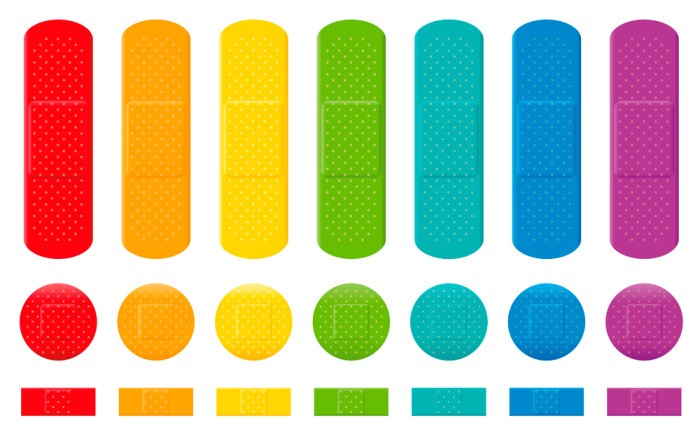

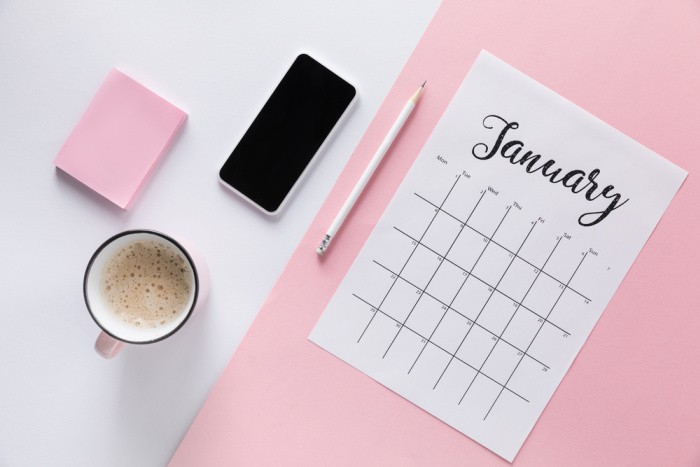
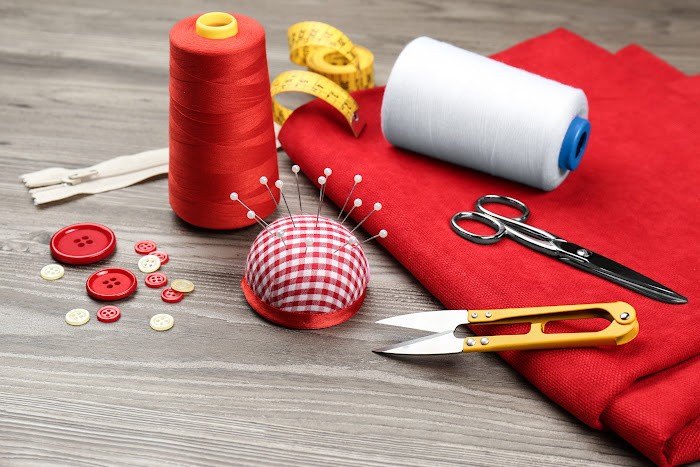
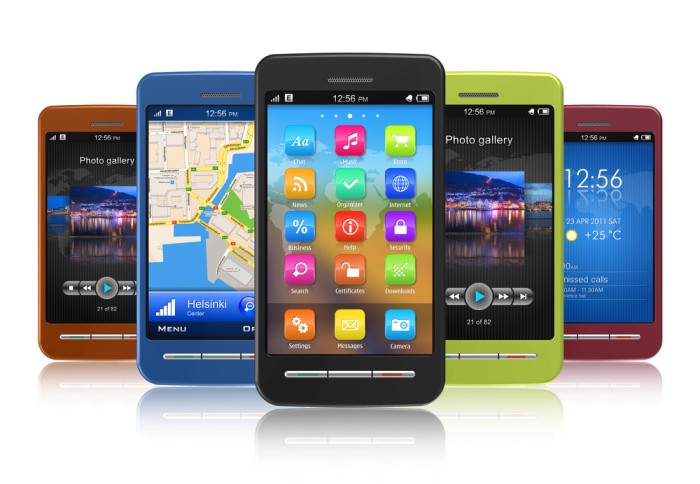

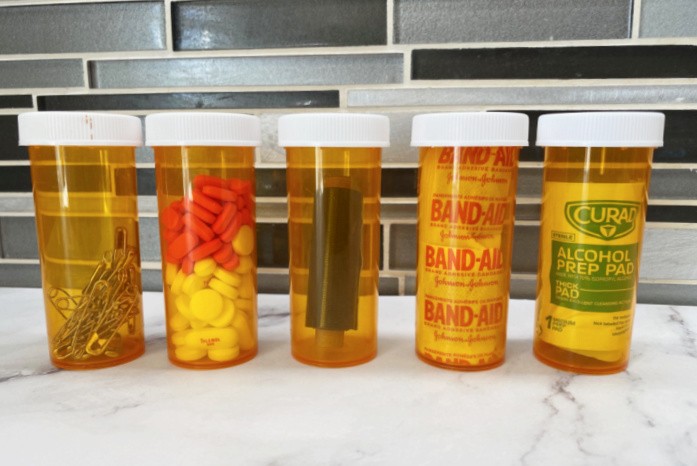
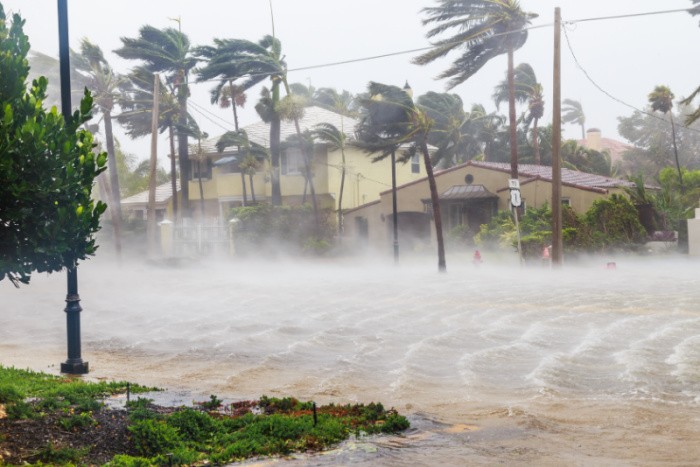













Hi, Linda! Your link for hydrocolloid bandages goes to pimple patches… not the general ones, which are my favorite bandage! Cvs brand work great and do not have latex in the packaging like bandaid brand does. Just clean the wound and dry it, put on the hydrocolloid bandage and leave it on for days. When it starts to fall off, your wound is probably very close to healed. Thanks for all ylou share and do!
Hi Jan, I think I was looking up pimple patches for my grandson! LOL! Thank you for letting me know, it is now fixed!! You are the best! Linda
Just wanted to say thanks for the rainbow bandaids for Pride Month. I appreciate that you are open to all.
Hi Claudia, thank you for your kind words, we must be open to love one another. I have some family members who are gay and it’s not easy for them. I love them and I have learned a lot from them. Life is good! Linda